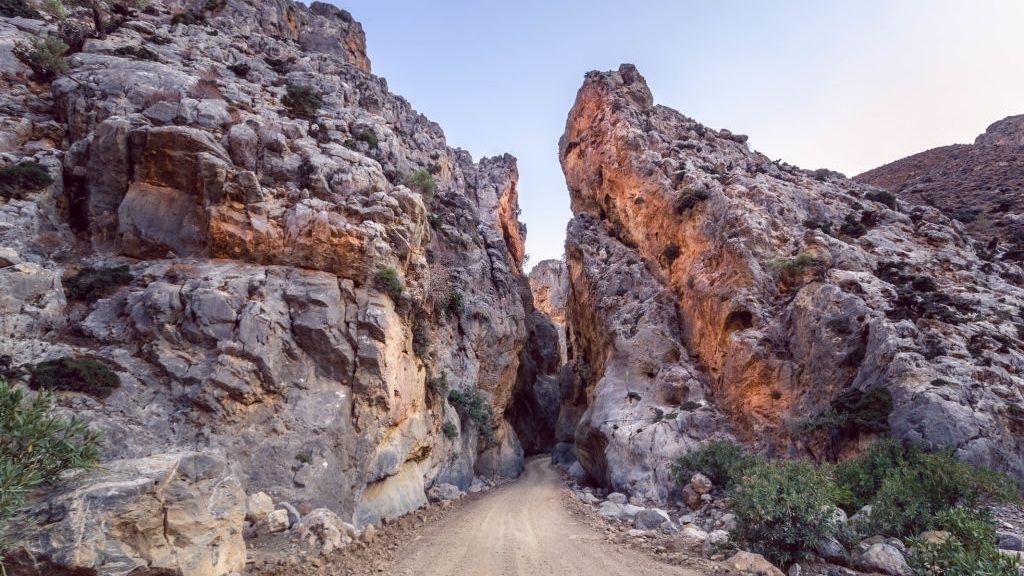
Asterousia Range – Mountains
The mountain range of Asterousia is the southernmost mountain range in Greece. It develops along the southern beaches of the prefecture of Heraklion, between the plain of Messara and the Libyan Sea.
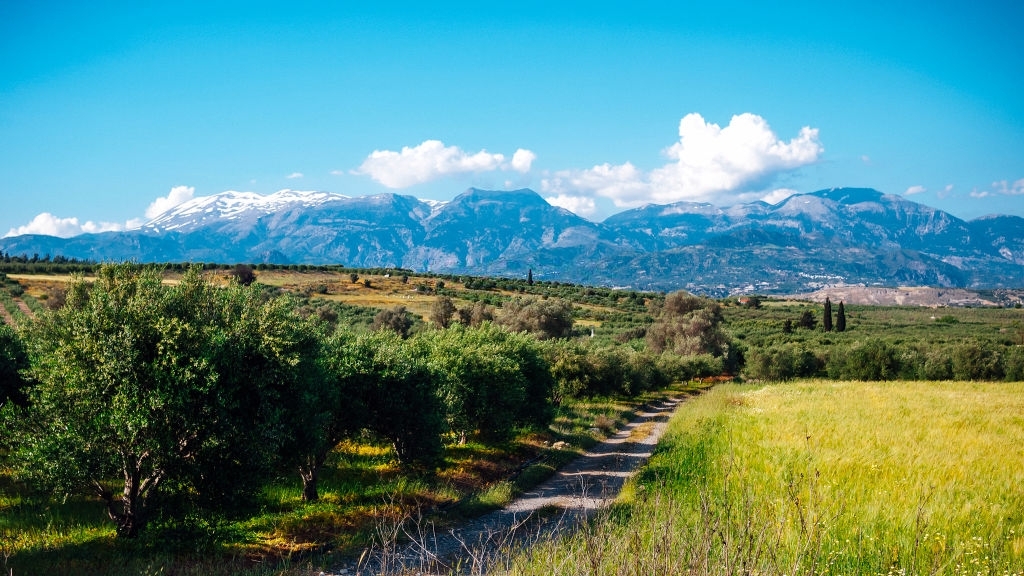
The mountains of Crete are distinguished by the presence of impressive gorges and upland plateaus, the beauty and variety of the wildlife and the exceptional richness of the flora. When it comes to the mountainous portion of Crete, it is divisible into three main ranges. The tallest rise above 2000 m and several smaller ones are above 1000 m.
From west to east, the main ranges encountered in turn are the White Mountains near Chania, Idi or Psiloritis at the centre with the Asterousia Mountains at the centre south, Dicti Mountains also known as Lassithiotika Ori at the borders of the Heraklion and Lassithi prefectures, and Thrypti to the very east.
Anyone that has travelled across Crete, will be able to attest to the mountainous nature of the island, as well as the fertile valleys, verdant hills, imposing gorges and stunning pine forests they are home to. From ancient years, the mountains of Crete were inhabited, revered and often the settings where gods, nymphs and other mythical creatures were thought to live.
In addition to their beauty, the Cretan mountains mirror the rugged and proud nature of the Cretan ethos. Throughout their long history, the Cretan mountains harboured resistance fighters and helped protect against invaders. The two highest peaks on the island, Timios Stavros (2,456 m) on the Psiloritis range and, Pachnes (2,453 m), on the White Mountains, are only a few meters apart from each.

The mountain range of Asterousia is the southernmost mountain range in Greece. It develops along the southern beaches of the prefecture of Heraklion, between the plain of Messara and the Libyan Sea.
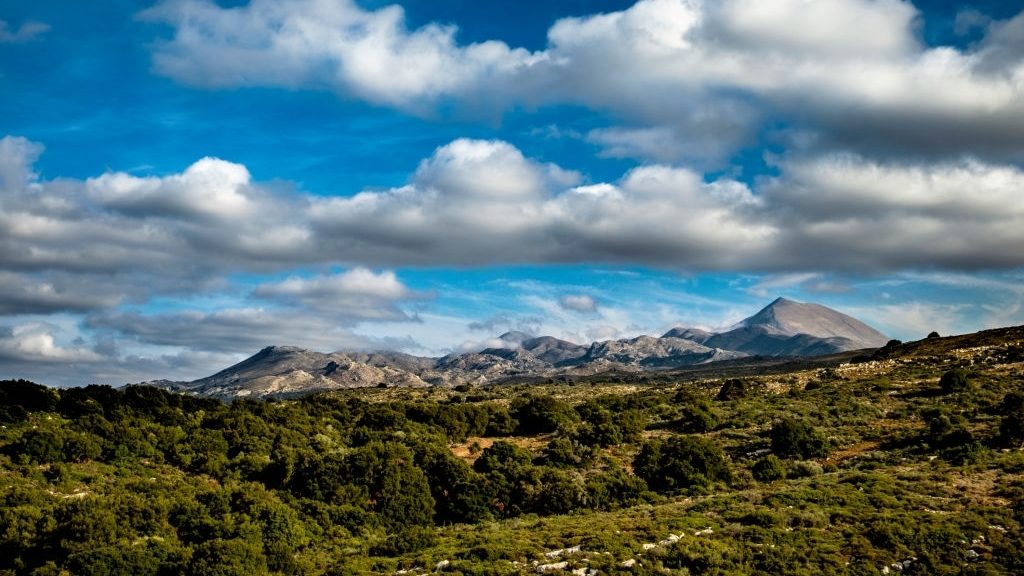
The mountain range of Ida (Idi) dominates the centre of Crete island, occupying much of the prefectures of Heraklion and Rethymno, and dividing Crete into eastern and western. The highest peak of Ida is Timios Stavros with an altitude of 2,456 m. This is where the homonymous church is built of dry stone. The mountain range has four other peaks that exceed 2000 m, Agathias (2,424 m), Stolistra (2,325 m), Voulomenou (2,267 m.) and Koussakas (2,209 m.).
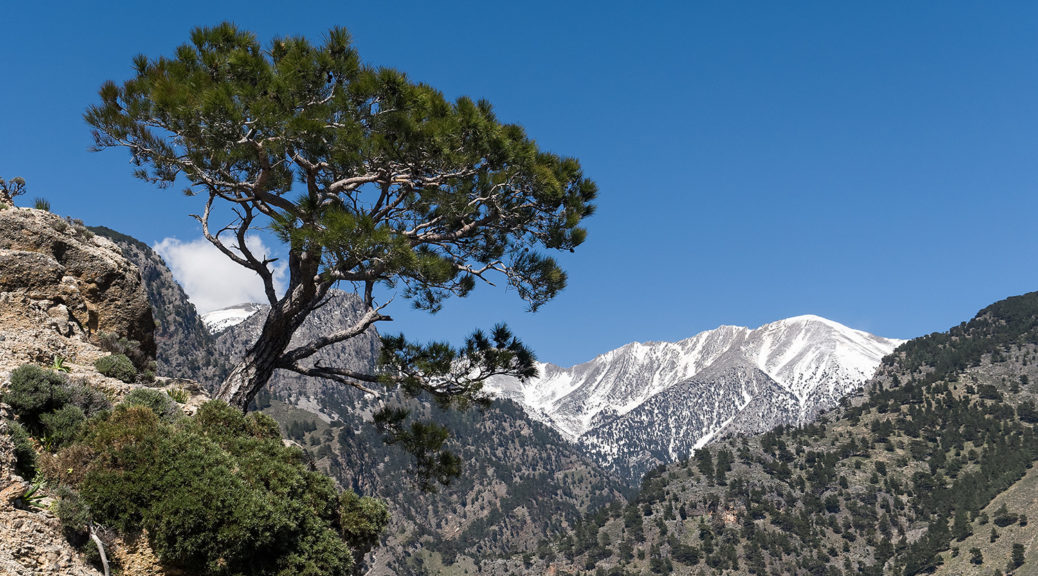
The White Mountains, or Haniotika Madares as the locals call them, is the most extensive mountain range of the island, with estuaries to the areas of Selinos, Kissamos, Apokoronas and the Municipality of Agios Vassilios (Rethymno), while occupying the entire area of Sfakia.
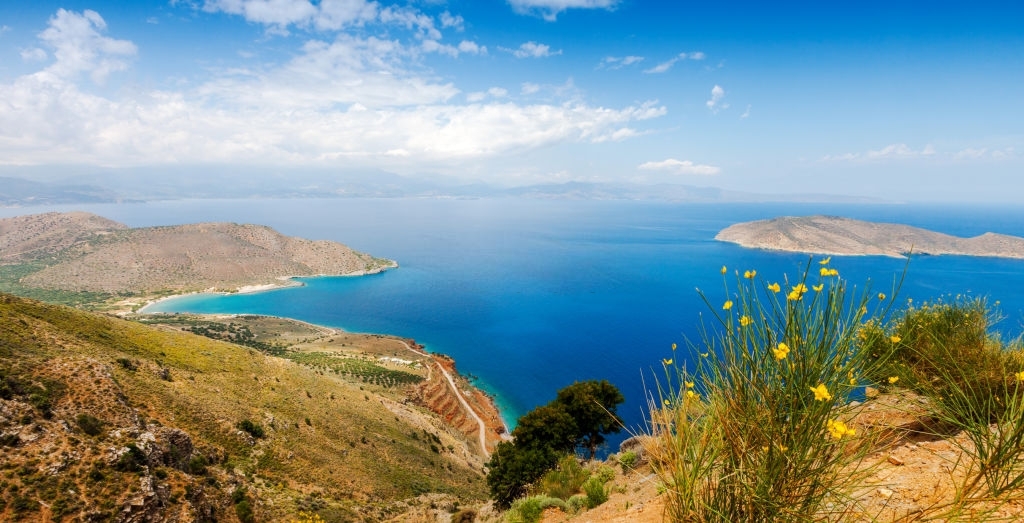
Thripti, also known as the Sitia mountains, in the province of Sitia, is the fifth largest mountain range in Crete. The highest peaks are Thrypti/Afenti (1476 m) in the west and Ornos (1237 m) to the north.
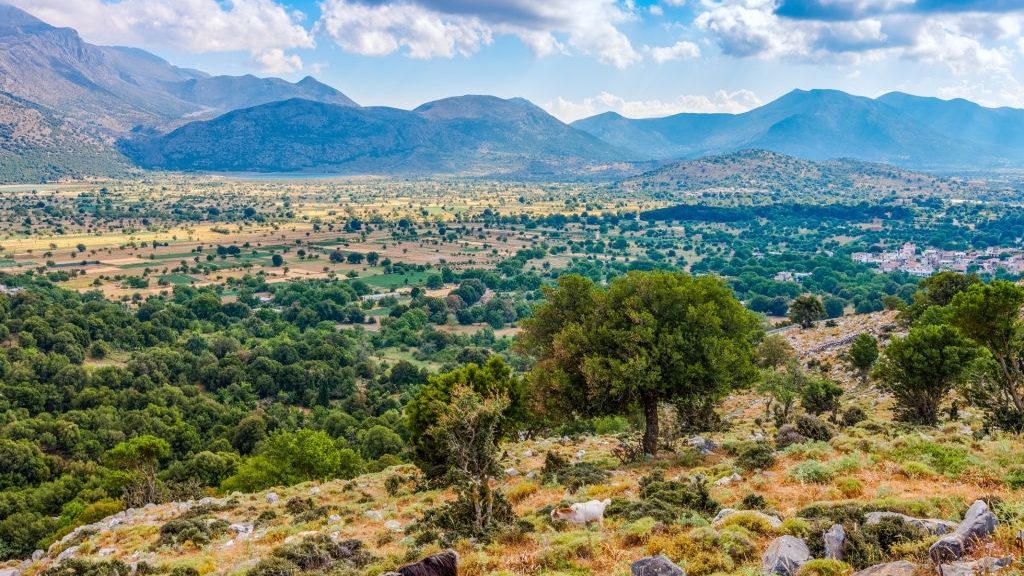
The Dicte mountain range (also known as Lassithiotika Ori) takes up a good part of East Crete. It spreads out wide over with its steeper slopes on the south side; the other flanks are less precipitous. The gorges tend to be associated with the steep southern side.